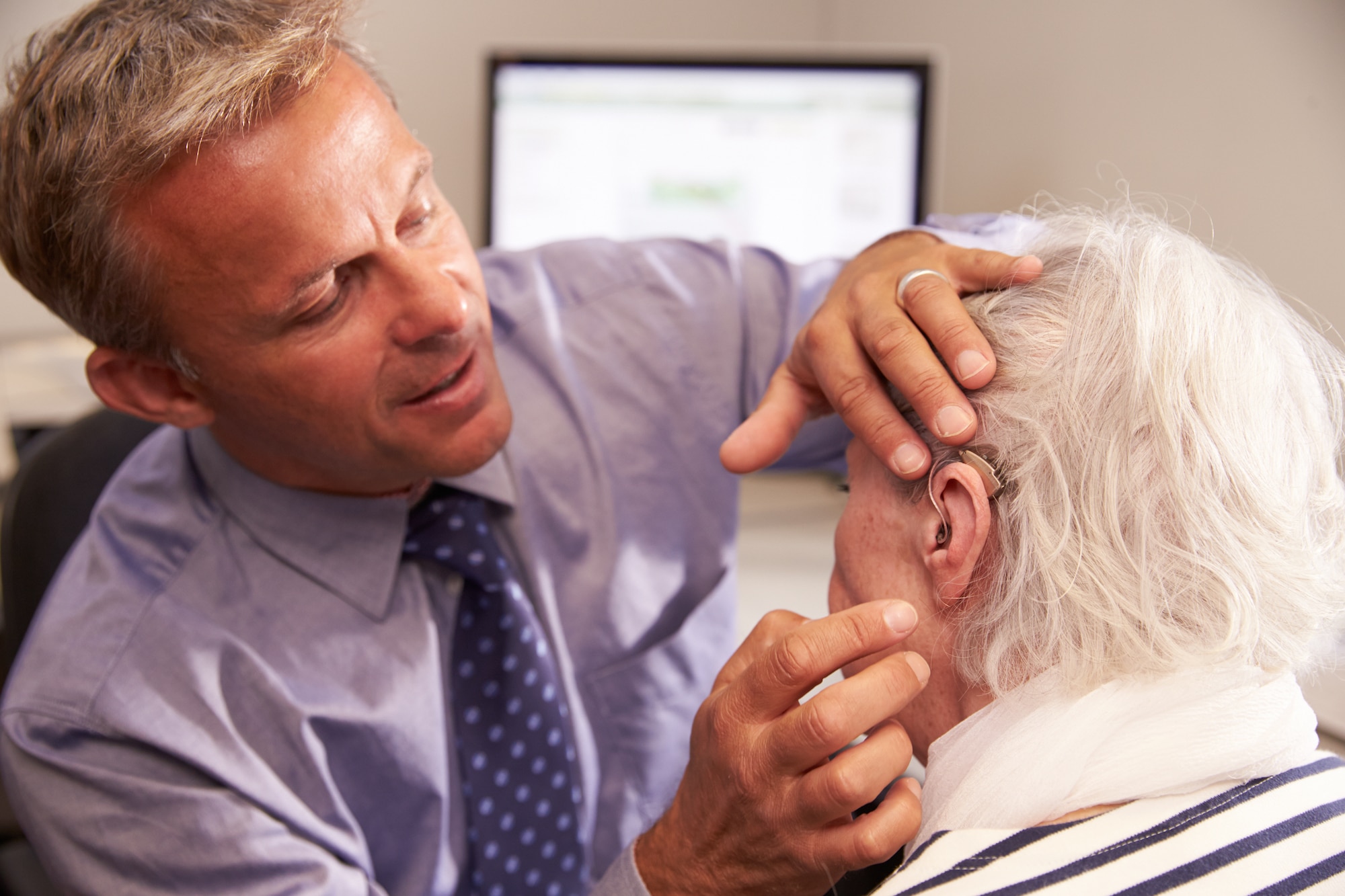About 20 percent of people in America’s heartland experience hearing loss. The majority of patients in Iowa, Minnesota and South Dakota will benefit from treatment with hearing aids, but learning to use them properly in order to get the most from these devices is a multi-step process.
Choosing a Hearing Aid is the Easy Part
When your hearing health care professional recommends hearing aids, selection is only the beginning of the process. Equally important is the fitting, which involves programming your hearing aids and making adjustments to provide the correct levels of amplification for your particular hearing loss.
Counseling is a necessary step to ensure you have realistic expectations about what your hearing aids can and cannot do and is crucial for long-term success.
Before you ever try on hearing aids, your audiologist will provide counseling in order to prepare you for this drastic change in your lifestyle. While hearing aids will undoubtedly improve your ability to communicate, it is important to understand they are not a cure for hearing loss (there is no such thing) and they do have certain limitations. Learning what to expect beforehand will help you achieve the maximum benefit from your devices.
Preparing for a Life with Hearing Aids
Once you have selected hearing aids and are ready to start wearing them, your hearing health care professional will check the physical fit to make sure they are comfortable. They will then be programmed and adjusted based on your hearing loss and lifestyle needs. An important part of the counseling process is determining your activity level. Some people are more social than others and will require different adjustments to compensate for a more active lifestyle.
The hearing aids will then be placed in your ears and turned on, allowing your audiologist to measure the volume levels to ensure that you are hearing the full range of sounds properly. Once this is done, your hearing health care professional will discuss care and maintenance of your hearing aids to ensure they remain in good working order for as long as possible and provide you with the optimal benefit. You will learn how to use them correctly and make adjustments for different hearing environments, insert and remove them, change the batteries and clean and care for them properly. You will also learn tips and strategies for better communication.
A follow-up visit will be scheduled a few weeks after your initial fitting. During this appointment, your audiologist will fine-tune and adjust your hearing aids as needed and answer any questions you may have. It may take a while to adjust your hearing aids to their maximum effectiveness, so additional fitting appointments may be needed.
